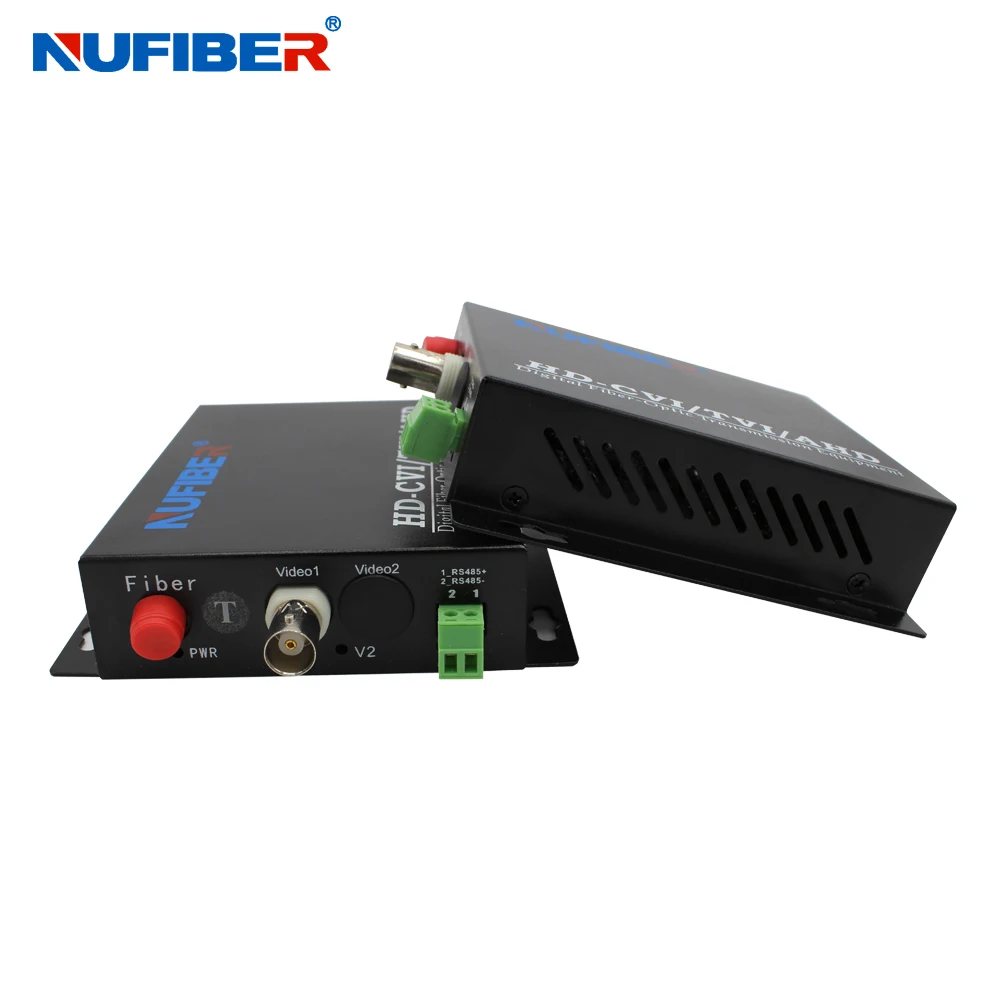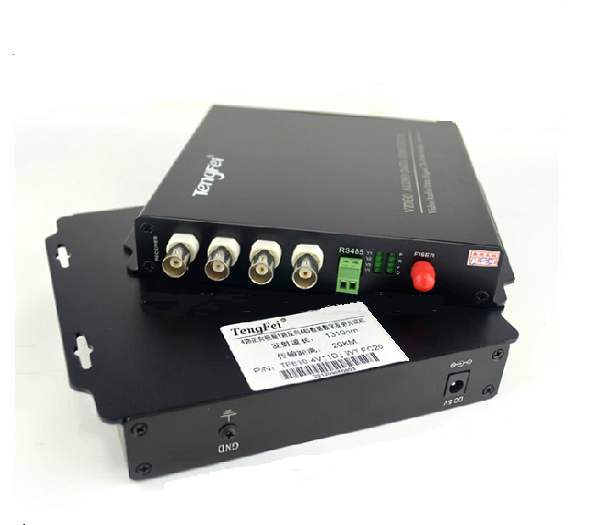

Serial RS422/485 are serial communication standards frequently used in the Industrial Internet of Things (IIoT). These speeds support robust networks that need larger bandwidth rates such as business class deployments. The definition of 10Gġ0G, also known as 10Gbe or 10GigE, refers to the Gigabit Ethernet next generation that’s on track to achieve transmission rates of 10 gigabits per second. These cables are also subject to harsher extremes. This application is widespread in the telecom industry which relies heavily on cables reaching much longer distances. They can reach rates of up to 1000 Mbit/s. The definition of 1GġG refers to Gigabit Ethernet transmissions. Signals over fiber optic cable can reach up to 74 miles signals over copper in the processed form can only reach a distance of 328ft. If you look on our Fiber Media Converter product page you will see this in the left-hand column: The d efinition of 100MbpsĮthernet technology does employ optical fiber when required to reach greater distances. It will work well when installed outdoors or on the floor of a manufacturing facility. Industrial Media ConvertersĪn industrial media converter provides highly efficient media conversion in extreme temperatures and environments. This capability used in conjunction with a managed switch can add an additional security layer for LANs used to manage intellectual property or financial data. Management capability allows remote web configuration. They can also be loaded into a chassis, resembling a switch. Managed Media ConvertersĪ managed media converters can be easily deployed through a simple web interface. These are some of the simplest models and are perfect for companies with junior IT staff and simple retrofits as their networks develop. The standard media converter does not require a web interface, and essentially convert signals from ethernet to fiber. GEPON only requires a single fiber cable to connect to an Optical Network Terminal (ONT) near a Customer’s Premise (CP) making it an attractive solution. GEPON (Gigabit Passive Optical Network) supports ATM, Ethernet, and WDM. Fiber-to-the-Node (FTTN) or Fiber-To-The-Curb (FTTC) network architectures are beginning to be replaced because of the associated demands for bandwidth. Additionally, Internet Service Providers (ISPs) are moving their delivery model to G.Fast. The demand for faster bandwidth continues to expand, and installers and ISP providers are turning to fiber optic cable. Many businesses, like heavy manufacturing, transportation, mining, and utilities, have exploited the benefits of IP technologies for years. Where and how will this media converter be deployed? The IoT isn’t just about fun microwaves that can talk to Alexa. What types of media converters are there?įor the purposes of this article, PLANET will sort through media converter types to provide a greater understanding as to how they function:Įxpanded Description of Types of Media Convertersįor this section, think about context. Fiber optic cable is valued for its high speed and long distance capabilities. One reason manufacturers and distributors call them fiber optic is to make it easier for customers to find them in an online search. What is a fiber optic media converter?Ī fiber optic media converter is essentially the same thing as a plain media converter. It may also link together networks comprised of coax cable, and single-mode to multi-mode fiber optic cable.

It is used to link fiber optic cable to twisted pair for supporting ethernet-compatible devices. Please include attribution to Planet Technology USA with this graphic.Ī media converter is a device used to connect media that would otherwise be incompatible. With all of this in mind, PLANET has put together a quick guide to help newcomers through the terminology. It is an infrastructural backbone that will transition business into the Internet of Things (IoT) mainstream. It allows admins to repurpose existing wiring configurations while delivering high-end device support. These shining lights have moved on to other pastures, the Storage Networking Industry Association, but their contribution to efficient network connectivity is strongly felt.Ī media converter is an essential tool in stretching the IT dollar. And that is the result of very hard work done by some very smart engineers at the Small Form Factor Committee. This technology has gone the way of its predecessors in that it has become more streamlined, smaller in size, and simpler through the years. That is because it allows you to join different signaling formats onto one well-functioning LAN. In case you’re new to networking technologies, a media converter is the sort of little device every IT networking professional should keep on hand.


 0 kommentar(er)
0 kommentar(er)
